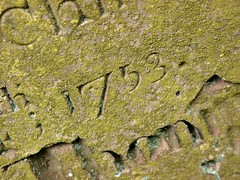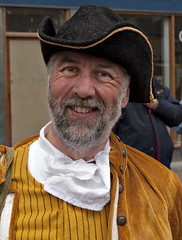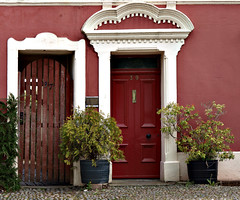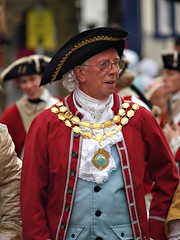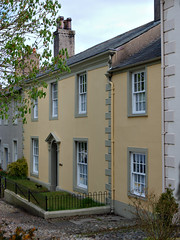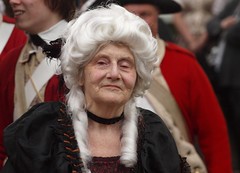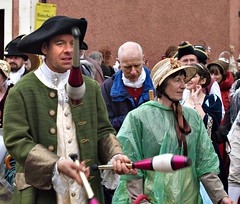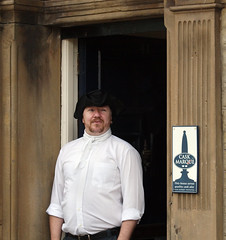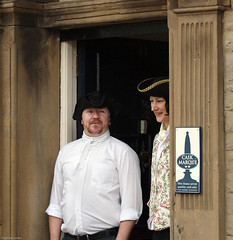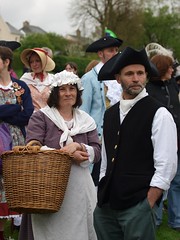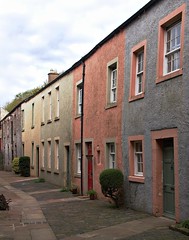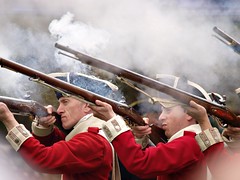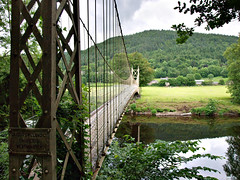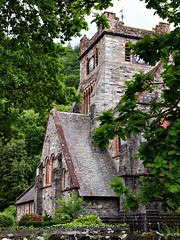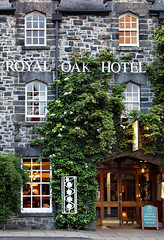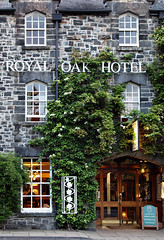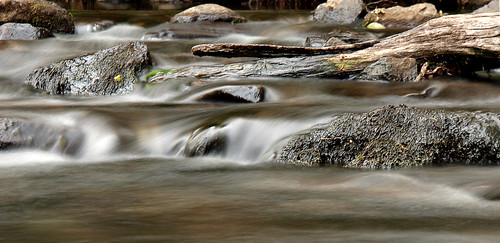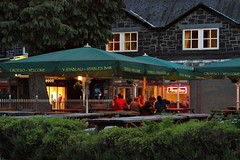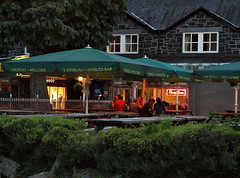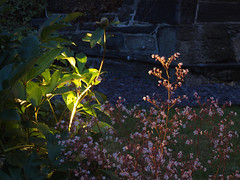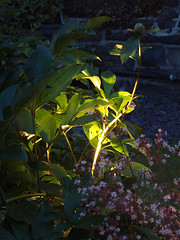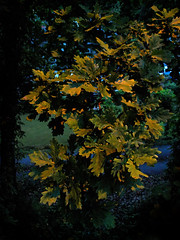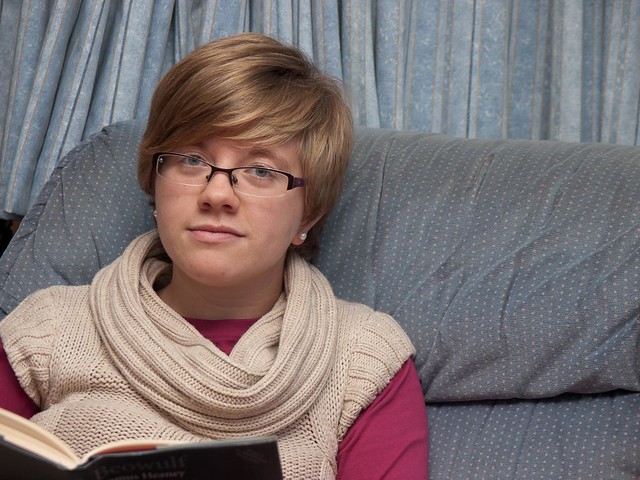
This photo has a range of details that make it useful for this exercise – very fine patterning in the suite fabric and hair, coarse but high contrast patterns in the knitwear and areas which I will want to avoid sharpening in the face.
Lightroom has two kinds of sharpening: input and output. The input sharpening works from a set of sliders which control amount, radius, fine detail masking (which controls the area affected)) and is the primary method for sharpening the photo. Output sharpening takes the photo and adds additional sharpening to prepare the photo for display on screen or in print. Given this variety I decided to extend the exercise to test 3 levels of input sharpening, and all three levels of output sharpening (low, standard and high).
I don’t propose to show all the variations in this entry as the differences were in some cases very subtle, and given the difference in viewing medium there is a limit to the value of displaying these differences. However they are all available on my Flickr site for interest. As a starting point here is the version with no sharpening – rather than show the whole picture I have taken a face detail to show the softness:

And here for comparison is a version with output sharpening set to high (I also tried this twice - once at the jpeg export stage and once at the print stage but cannot show the result here – in any case it was worse), and with input sharpening set to amount 125/Radius 2.5/Detail 15 with no masking. These are towards the top end of what the system offers.

While this extreme sharpening looks OK in the fabric, it is extremely unflattering to the face, makes the hair look very wiry and leaves ugly edges along the edge of the spectacle lens. If anything this is emphasised in the print version with the facial texture becoming quite unflattering.
This version has the Portrait (Wide Edges) preset enabled. This equates to amount 35/Radius 1.4/Detail 15/masking 60. There is little visible difference on-screen or in print between this and the unsharpened version. Output sharpening was low
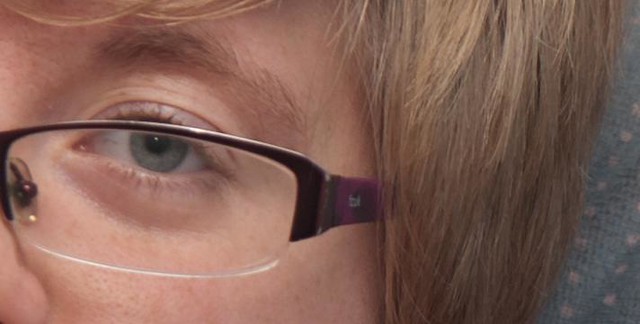
I increased the amount to 100 and reduced the masking to 30 to give the following which is notably sharper but with a more flattering skin texture. Output sharpening was low. Overall this is my preferred output from the exercise and I will be using it as the starting point for sharpening of portraits in People and Place. Further reduction in the masking and increases in the amount started to produce noticeably less attractive results
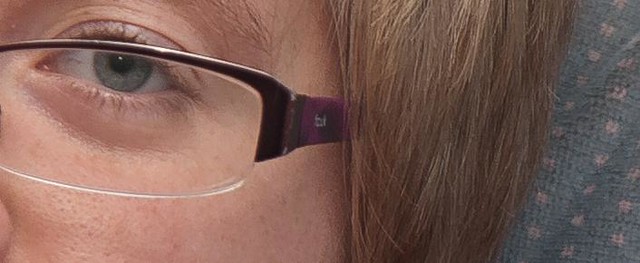
This latter output is very close in print to the portrait preset version with high output sharpening (below) although it is visibly different at 100% on screen:
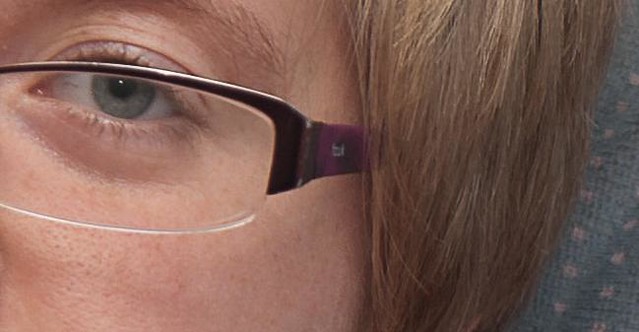
Conclusion
Obviously sharpening is unavoidable – this is (in most cases) a function of the manner in which a digital camera captures the image.
Lightroom provides some powerful but subtle tools for sharpening and ultimate quality is a matter of balancing the need to sharpen against the need to avoid unsightly artefacts. The masking tool is very helpful in this regard and as the penultimate shot above shows it can provide very useful fine control on skin and hair, compared with relying on preset sharpening.
My experience from elsewhere is that images used small on–screen can tolerate considerably more sharpening than larger images. For example, when the above image is viewed at 1:4 in Lightroom the heavily sharpened version looks simply crisp because the lower resolution on the screen removes the over-emphasised skin details.
